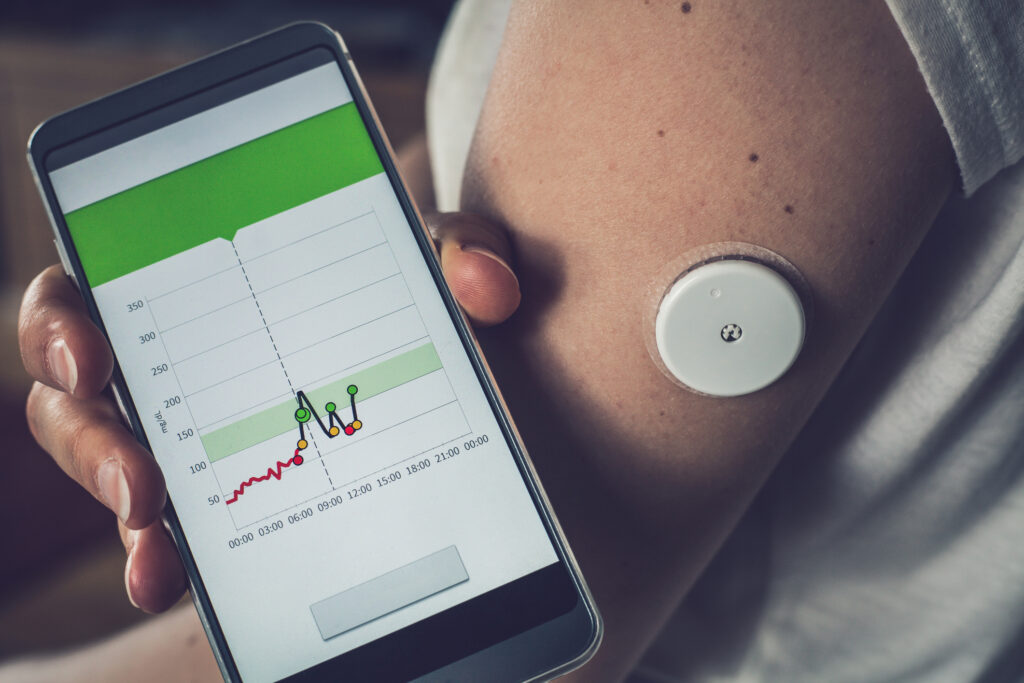The shift from volume-based care to value-based has extended from hospitals and doctors’ offices to home health agencies. According to Fierce Healthcare, the Centers for Medicare & Medicaid Services (CMS) created a payment model that “incentivizes quality of care improvements without denying or limiting coverage or provision of Medicare benefits for all Medicare consumers and includes updates to payment rates and policies…” This change is expected to go national by 2022. Once this is enacted, if an agency ranks in the top 20 percent, they’re rewarded; lower 20 percent, and they’re penalized. One of the best ways that agencies can improve their standing is to implement and expand their use of Remote Patient Monitoring (RPM) devices. Here are three reasons why:
1. They provide advanced warning for potential health complications.
Most home health care involves treating patients who have at least one chronic health condition. (Roughly three out of four Americans over the age of 65 actually have two or more.) RPM devices are wearable equipment that measure and record the daily vitals of these patients and submit them for review by healthcare staff. When abnormal readings are detected within those vitals, patients can be alerted to seek preventative care, thus heading off potential health complications before they happen.
2. They reduce the number of home health visits.
Home health agencies are only reimbursed by Medicare for a specific number of visits. Go over that amount, and they won’t pay. With RPM devices in use, agency staff already have updated vitals they need for review, thus reserving their visits for times when in-person examinations and consultation are necessary.
3. They prevent trips to the ER.
The sooner health complications are identified, the easier it is for patients to schedule time with their primary care physicians instead of being forced to go on an after-hours trip to the emergency room. That reduces healthcare costs for everyone, but especially for patients and agencies.
Why is this so important?
Chronic care management has already been a difficult area for many healthcare providers to implement simply due to risk. It requires a lot of time outside of practice hours, 24/7 access to health care professionals, and secure two-way communication between providers and patients. When any of these areas aren’t sustained, value-based care suffers. RPM devices are a great first step to improving that communication, especially when CMS already reimburses doctors up to $120 per patient a month. Telephone nurse triage is the other part of that solution.
TriageLogic’s support for RPM
Our telehealth nurses can remotely monitor patients and their RPM vitals around the clock (24/7), providing home health agencies the coverage and assistance they need. This decreases unnecessary ER visits while improving patient care and satisfaction. We use standard Schmitt-Thompson protocols to document all patient interactions and symptoms, share them with any in-house EMR, and follow up with agency staff to ensure a continuity of care. We also include custom protocols based on doctors’ orders to address specific devices and chronic care. The best part? That extra nurse time is billable to CMS.
If you’d like to discuss a program with us, please reach out through our website, or by phone at (800) 723-4290.






